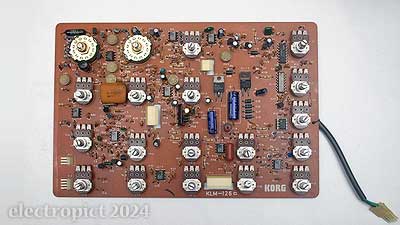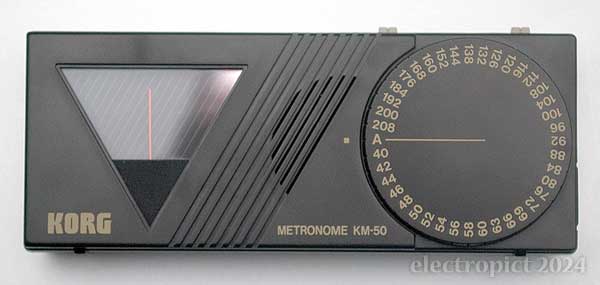Erica EDU SEQ notes
I got this, ready built, because I needed a simple switching function for another Eurorack module and it was being sold cheaper than any actual switching module or combination that should do it, and hey another sequencer will always be handy. So here’s some notes:
- There’s no start / stop button(s) or input(s). It can be stopped by plugging a dummy plug into the clock input but that’s yer lot. This seriously restricts its utility because you can’t easily get it to work in sync with other devices or even start it manually at a desired time. (But it occurs to me that you could mount a switch on the end of a dummy plug?)
- The sequencer doesn’t seem to respond to V‑Trig signals at the clock input in the way I’d like; that is, it resets to 0V but most input sources I use start high. Inverting the input fixes that, but it then starts out of step so anything it’s controlling may need to be reset to the previous step.
- The clock input is a bit finicky in other ways; not all clock signals will drive it; perhaps it needs a slightly higher voltage. The Doepfer dividers manage it, some other modules don’t. (This is independent of polarity.)
- Sometimes it steps the outputs without stepping the LEDs but I haven’t worked out how that was happening, and by the time I got it to work it wasn’t happening any more.
- There is a manual available from Erica but it’s a build-it manual and is very short on actual functional description of the finished module, so all the above points had to be worked out slowly and uncertainly rather than just read, and remain a little tentative.
With that worked out, it’s doing the job as intended but if I’m going to use it for the usual range of purposes one might use a sequencer, a useful mod might be to put a switch on the internal clock signal. And a reset switch to start it high if need be. For the time being I’m using an external inverter on the input.




